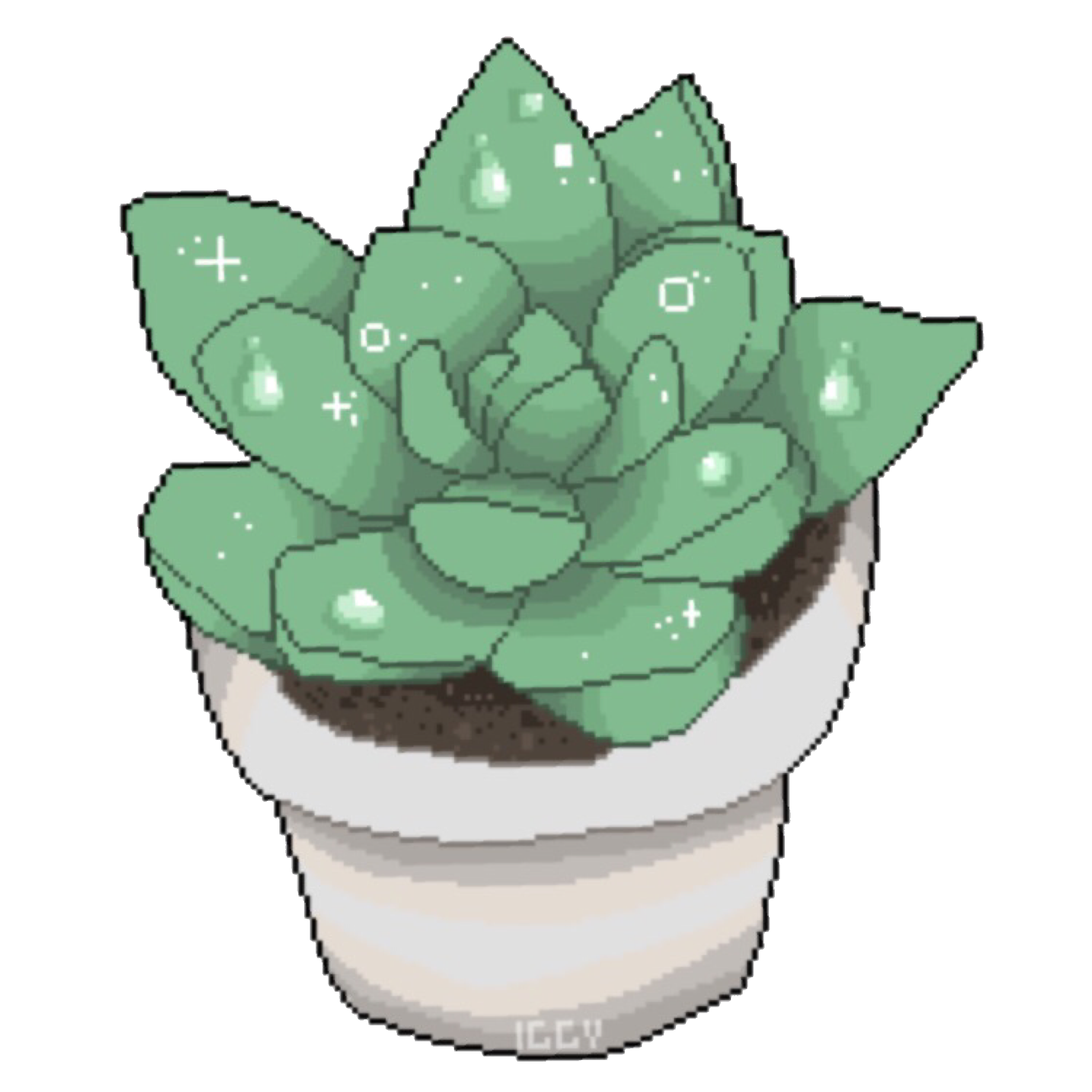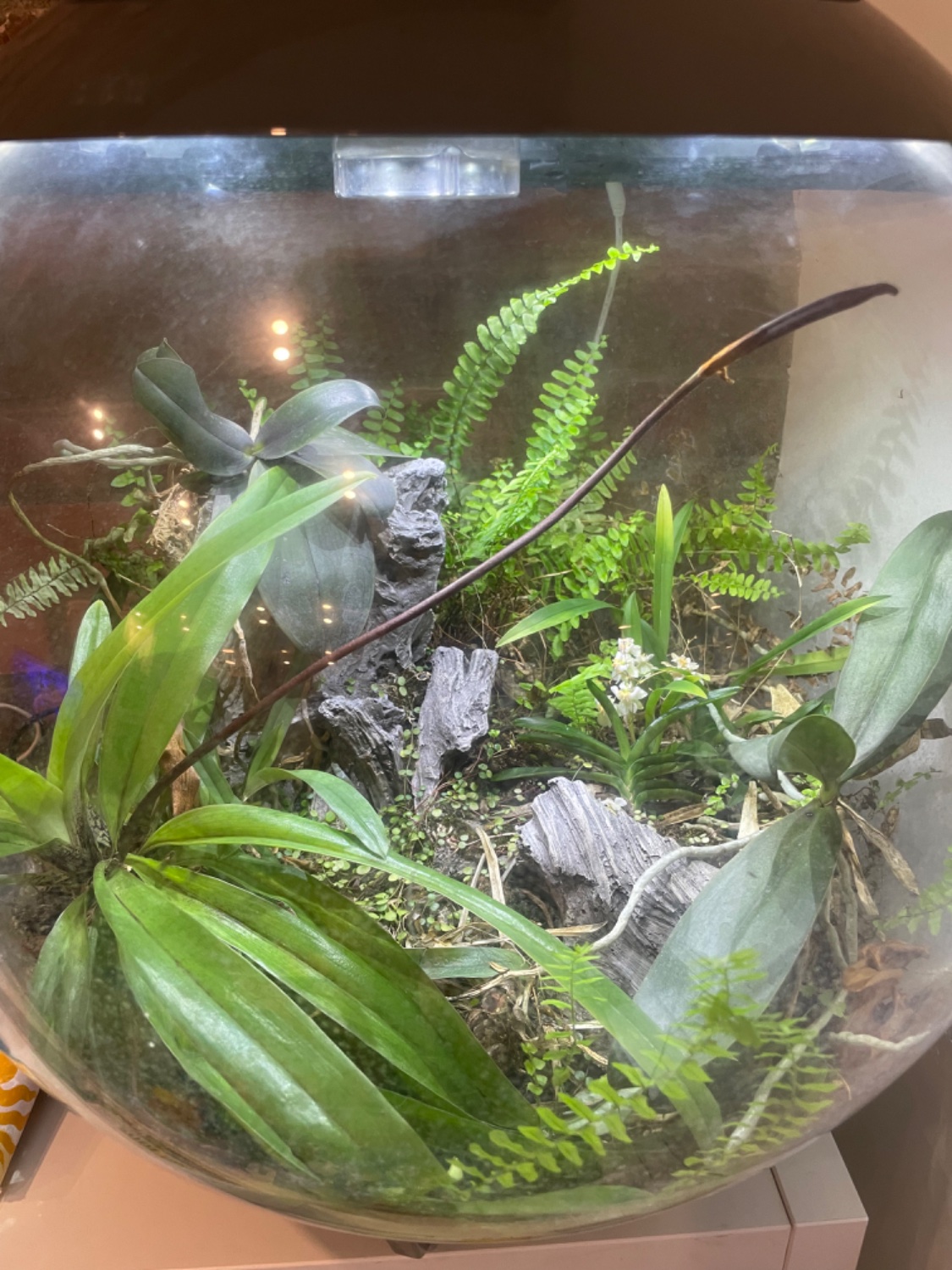

Are the clay pebbles new for this plant? I often understood that the older roots from before semi hydroponic will die in those conditions and new roots will grow and be adapted to those same conditions. I used a similar setup with no fertilizer at all and got orchids to flower for a few years, the growth was just a bit smaller every years. They need way less fertilizer than you think : because they grow as epiphytes in the wild without access to soil. Intermittent very low level of fertilizer might be better especially if the leaves are showing sign of a mismatch between root surface and leaves exposed surface (to drying that can be helped with higher air humidity)



My philosophy is to only consider fertilizer when there is active growth and it comes second to water balance: root surface vs foliage surface vs temperature-light x deficit in air humidity. Like Russian dolls i don’t look into the next lower priority step if i am not satisfied with a high priority step : medium-high indirect light and water balance. N.B. Light is also a factor in water balance: the plant open stomata on the leaves to absorb CO2 under high light and doing so can dehydrate a bit more. Keep your conditions stables and the plant will adapt, wont be the most beautiful orchid but it should adapt if the roots aren’t rotting too much. I successfully kept cattleya, oncidium and phalenopsis in such conditions of years before i moved to terrariums.
I am surprised that the leaf showing a touch of yellow isn’t the bottom one.